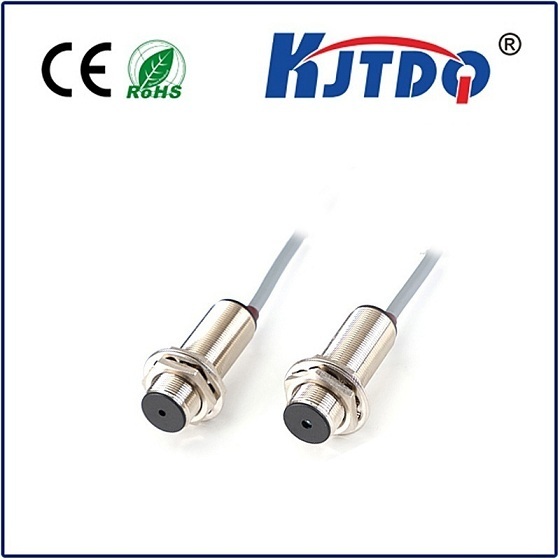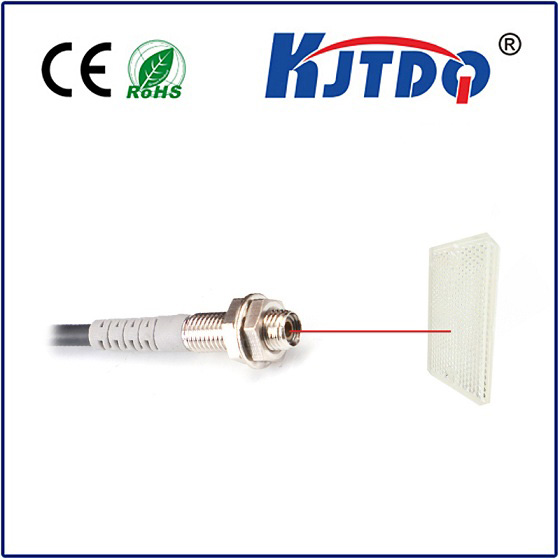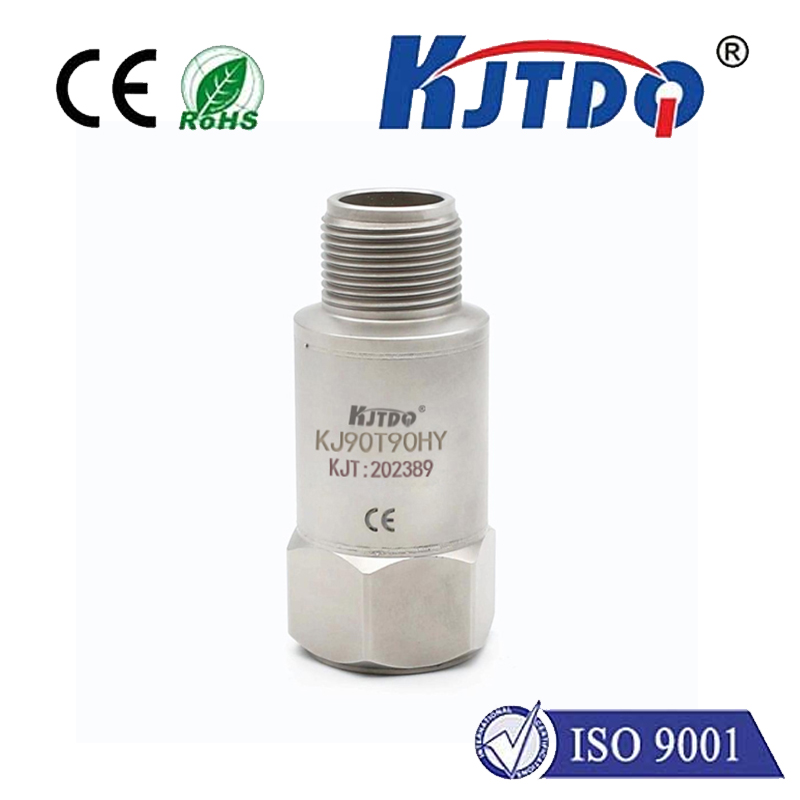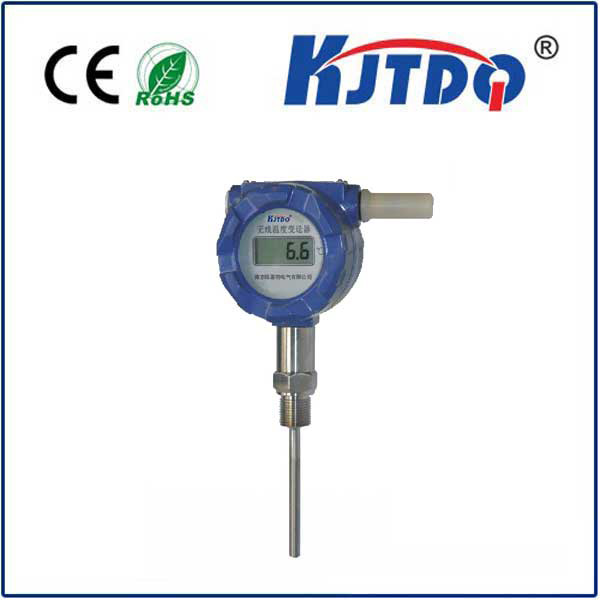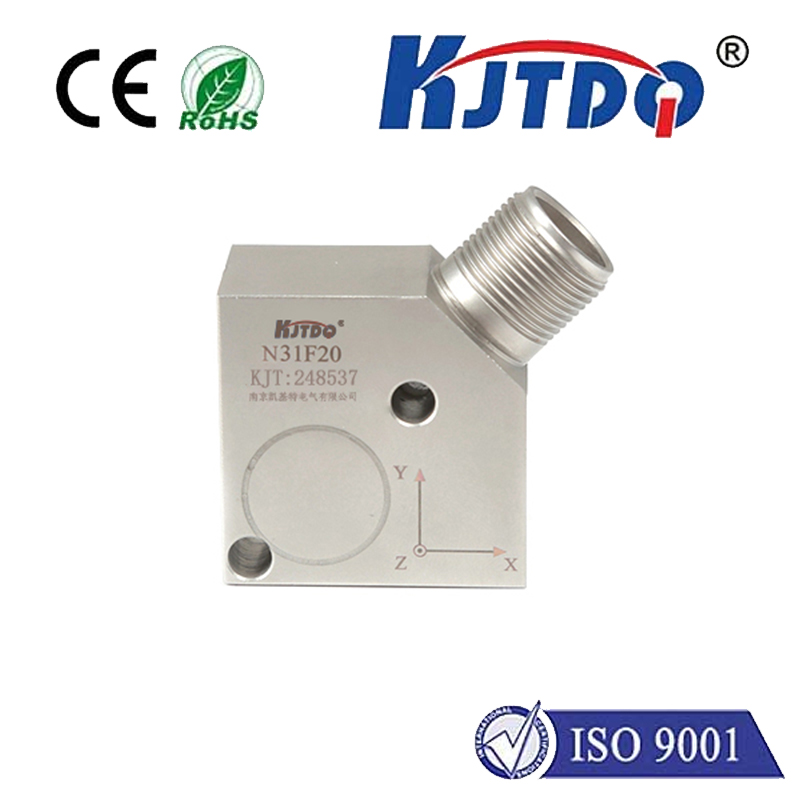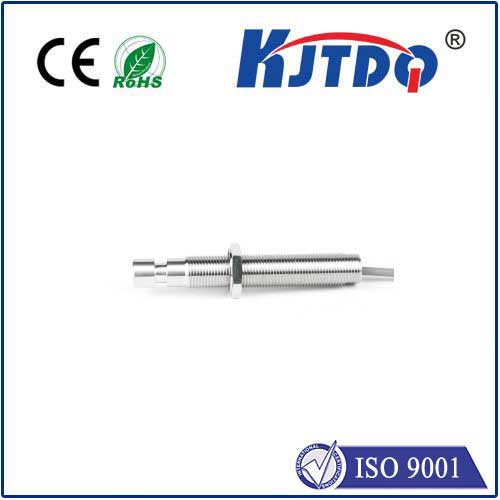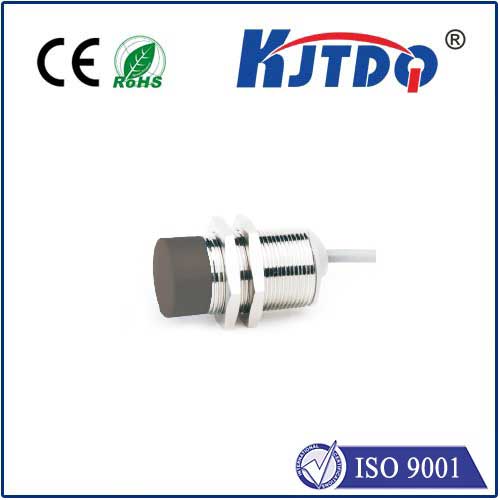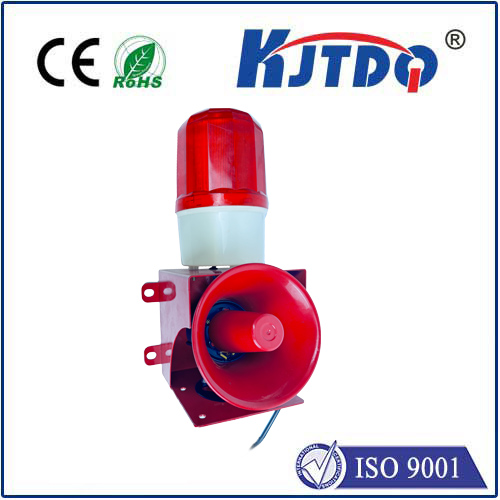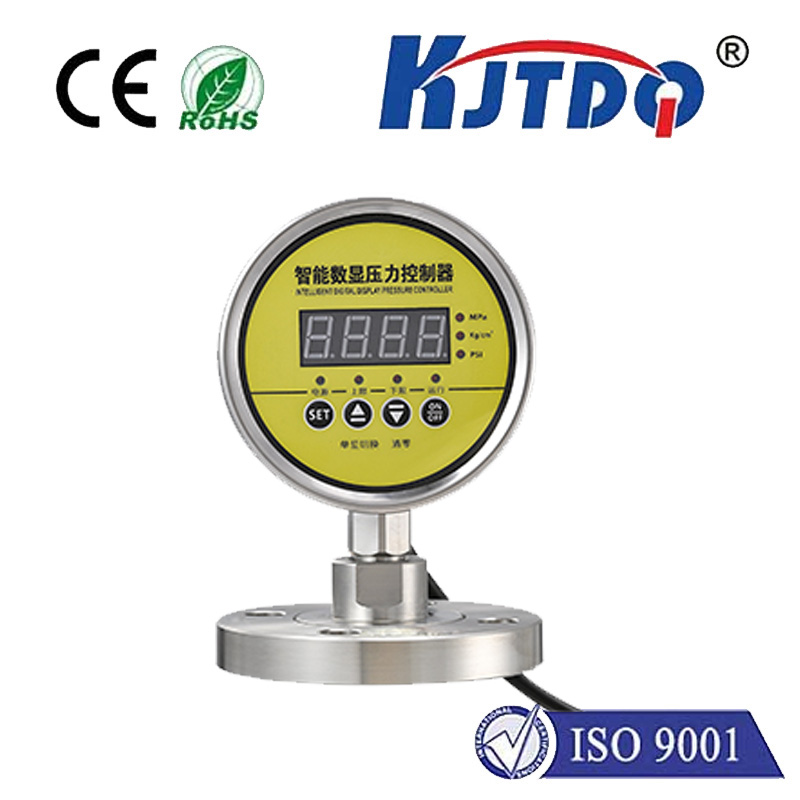
check

check

check

check
The 3 contact switch is a fundamental component in electrical circuits that allows for the control of current flow. It has three terminals, with one common terminal and two other terminals that are normally open or closed depending on the switch's position. This simple yet crucial device has various applications in different industries, making it an essential tool for electrical engineers.
One of the most common uses of the 3 contact switch is in lighting systems. For example, a single light bulb can be controlled by two switches placed at opposite ends of a room. When one switch is turned on, it closes the circuit and completes the connection between the power source and the light bulb. However, when the second switch is turned off, it opens the circuit and breaks the connection, turning off the light bulb. This feature ensures that people can conveniently control the lighting in their environment without having to physically move around.
In addition to lighting systems, the 3 contact switch also plays a vital role in industrial machinery. It is often used as part of safety mechanisms to prevent accidents from occurring during operation. For instance, if a machine detects a fault or malfunction, it can activate a switch that immediately cuts off power to avoid further damage or injury. Similarly, in elevators or escalators, the 3 contact switch is employed to monitor door statuses and ensure they are properly closed before starting operation.
Furthermore, the 3 contact switch is also utilized in electronic devices such as televisions, computers, and mobile phones. In these cases, it functions as an interlock switch that prevents damage caused by incorrect input signals. For example, if someone attempts to insert a DVD into a Blu-ray player, the switch will prevent any damage by disconnecting the power supply until the correct input signal is received.
Despite its simplicity, the 3 contact switch serves as an essential building block for many electrical systems and devices. Its versatility allows it to be implemented in various settings, from home appliances to heavy machinery. As technology continues to advance, we can expect this humble yet reliable component to remain a critical element in our everyday lives.
